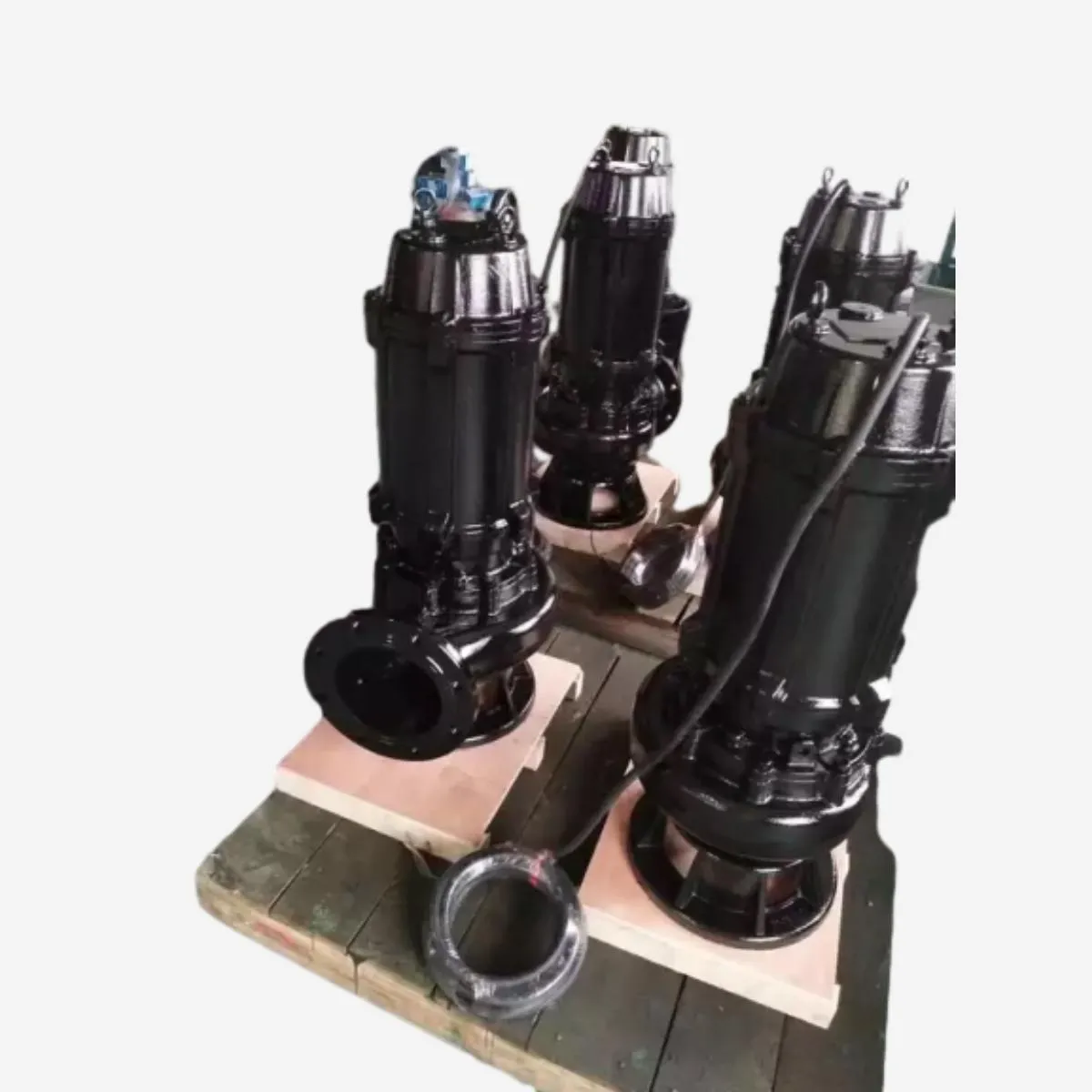Kannada
- Afrikaans
- Albanian
- Amharic
- Arabic
- Armenian
- Azerbaijani
- Basque
- Belarusian
- Bengali
- Bosnian
- Bulgarian
- Catalan
- Cebuano
- Corsican
- Croatian
- Czech
- Danish
- Dutch
- English
- Esperanto
- Estonian
- Finnish
- French
- Frisian
- Galician
- Georgian
- German
- Greek
- Gujarati
- Haitian Creole
- hausa
- hawaiian
- Hebrew
- Hindi
- Miao
- Hungarian
- Icelandic
- igbo
- Indonesian
- irish
- Italian
- Japanese
- Javanese
- Kannada
- kazakh
- Khmer
- Rwandese
- Korean
- Kurdish
- Kyrgyz
- Lao
- Latin
- Latvian
- Lithuanian
- Luxembourgish
- Macedonian
- Malgashi
- Malay
- Malayalam
- Maltese
- Maori
- Marathi
- Mongolian
- Myanmar
- Nepali
- Norwegian
- Norwegian
- Occitan
- Pashto
- Persian
- Polish
- Portuguese
- Punjabi
- Romanian
- Russian
- Samoan
- Scottish Gaelic
- Serbian
- Sesotho
- Shona
- Sindhi
- Sinhala
- Slovak
- Slovenian
- Somali
- Spanish
- Sundanese
- Swahili
- Swedish
- Tagalog
- Tajik
- Tamil
- Tatar
- Telugu
- Thai
- Turkish
- Turkmen
- Ukrainian
- Urdu
- Uighur
- Uzbek
- Vietnamese
- Welsh
- Bantu
- Yiddish
- Yoruba
- Zulu
Telephone: +86 13120555503
Email: frank@cypump.com
ನವೆಂ . 10, 2024 20:10 Back to list
Development and Evaluation of a Dual Suction Split Case Pump System Design
Design and Analysis of a Double Suction Split Case Pump
The design and analysis of double suction split case pumps are crucial for various applications in industries such as water supply, fire protection, and manufacturing processes. The demand for efficient and reliable pumping solutions has propelled engineers and researchers to explore advanced designs and analytical methods that optimize performance while ensuring durability and cost-effectiveness.
Understanding Double Suction Split Case Pumps
Double suction split case pumps are characterized by their unique hydraulic design, which allows water (or other fluids) to enter the pump from both sides of the impeller. This design balances the axial forces acting on the impeller, which reduces wear and prolongs the pump's lifespan. The split case design not only facilitates easy access for maintenance but also contributes to lower operational noise levels due to the reduced vibration associated with the axial force equilibrium.
In a typical double suction pump, fluid enters through two inlet ports, flows into a central impeller, and is expelled through a single discharge outlet. The design can be classified as either vertical or horizontal, with each orientation providing specific advantages depending on the installation environment and application requirements.
Design Considerations
The design of a double suction split case pump involves several critical parameters, including impeller geometry, casing shape, material selection, and hydraulic performance characteristics. These factors are influenced by the operational parameters such as flow rate, head, and efficiency requirements.
1. Impeller Design The impeller is pivotal in determining the pump's hydraulic performance. Engineers often employ computational fluid dynamics (CFD) simulations to optimize the shape and angles of the impeller blades, aiming to enhance flow patterns and minimize cavitation potential.
2. Casing Configuration The casing needs to be robust enough to withstand the internal pressures while maintaining an efficient flow path for the fluid. The split case design allows for ease of assembly and disassembly, which is critical for maintenance and repair tasks.
'design and analysis of a double suction split case ...'

3. Material Selection The choice of materials is paramount, especially when the pump is used to handle corrosive or abrasive fluids. Common materials include stainless steel, cast iron, or specialized alloys, depending on the chemical properties of the pumped fluid and the expected wear and tear.
4. Hydraulic Performance Pump efficiency is a vital factor that directly affects operational costs. Engineers must design the pump to achieve high efficiency across its operating range while also ensuring stability to prevent issues like surging and cavitation.
Analytical Methods
Once the design parameters are established, rigorous analysis follows to validate the performance of the pump design. Numerical simulations, particularly CFD, provide insights into flow patterns, pressure distribution, and potential areas for improvement. Additionally, performance tests in controlled environments allow for empirical verification of the analytical results.
Analyzing the pump's efficiency and performance curves is essential to ensure that it meets the required specifications. Various standards and benchmarks can be utilized to compare performance data against established guidelines, providing further assurance of the pump's reliability.
Conclusion
The design and analysis of double suction split case pumps are intricate processes that integrate advanced engineering principles with practical application needs. By focusing on hydraulic efficiency, material durability, and ease of maintenance, engineers can create robust pumping solutions tailored to specific industrial requirements.
As industries continue to evolve, the demand for innovative and efficient pump designs will only grow. The ongoing advancements in computational analysis and manufacturing technologies promise to enhance the capabilities of double suction split case pumps, ensuring their vital role in fluid transfer applications for years to come. The future of pump design lies in this continuous pursuit of efficiency, effectiveness, and sustainability, paving the way for smarter industrial solutions.
-
Clear Water Pump – High Performance, Durable & Reliable Pumps for Clean Water Solutions
NewsJul.04,2025
-
FS19 Slurry Pump for Efficient Handling - Fast Delivery from China, Vertical & IDB35 Models Available
NewsJul.04,2025
-
China Small Slurry Pump Manufacturer - High Efficiency Small Centrifugal Slurry Pumps for Mining & Industry
NewsJun.24,2025
-
Custom Drilling Mud and Slurry Pump Supplier - High Efficiency, Tailored Solutions
NewsJun.10,2025
-
Supply Vertical Submersible Sewage Pump High-Efficiency WQ/QW Pumps Supplier
NewsJun.10,2025
-
Premium Sewage Ejection System & Pumps Efficient Waste Removal
NewsJun.09,2025










